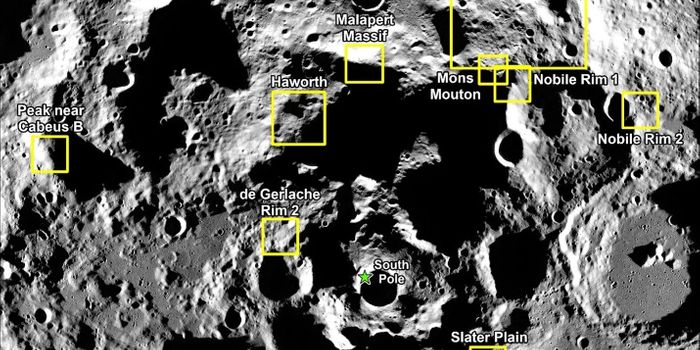Nuclear Pioneers Joined Force to Fast-Track Clean Energy Tech
Last week, TerraPower, a Bill Gates-backed nuclear startup, announced its latest project - a collaboration with GE Hitachi Nuclear Energy to develop a new and affordable reactor with leading energy storage capacity, high operating efficiency, and extensive safety margin.
TerraPower, founded in 2008, has been a pioneer in Traveling Wave Reactor (TWR) technology. TWR gets its name from its ability to propagate a "wavefront" of the nuclear fission reaction, from the center of the reactor core to the edge over time.
At its core, a TWR is powered with primarily uranium-238 (U-238), which makes up the majority of uranium nuclide on Earth. Unlike U-235, its lighter sibling, U-238 isn't fissile (meaning it cannot sustain nuclear fission chain reaction). It is present as a by-product in large quantity from the production of enriched uranium fuel. But it's susceptible to neutron activation and can be transformed into fissile plutonium fuel when placed close to U-235.
Besides not requiring a significant amount of enriched uranium, a TWR can also recycle fuel waste from other reactors to sustain its chain reaction. If successful, the new technology would have tremendous impacts as stockpiles of nuclear waste could be utilized for power generation other than taking up space for underground storage.
Terrapower Project And The Traveling Wave Reactor (Joe Scott)
The new reactor concept in the announcement, named Natrium, incorporates two innovative elements of nuclear energy harvesting and storage: sodium cooling and molten salt reservoir.
The intense heat generated from the reactor core is initially passed onto metallic sodium, which renders it in the liquid state. Due to its inability to moderate neutron and higher capacity for heat absorption, liquid sodium as a coolant gives the reactor a boost in energy density and better safety margin when compared to pressured water reactors. And thanks to molten salt tanks that are tapped into the heat cycle of the reactor, the new design allows better thermal energy storage.
By efficiently pairing the two technologies, a 345-megawatt Natrium small modular reactor (SMR) can theoretically get an increased output of 500 megawatts for up to five hours.
The affordability of the reactor is another focus of the new design. Unlike traditional nuclear power plants, TerraPower's SMR platform makes the fabrication process less expensive but more agile. Anything from the reactor core to the containment vessel can be built in a factory. Different finished parts are then shipped to the plant site for assembling.
Both parties behind the project believe in the potential of this innovative reactor design, and foresee its commercialization within a decade.
Source: Greentech Media









